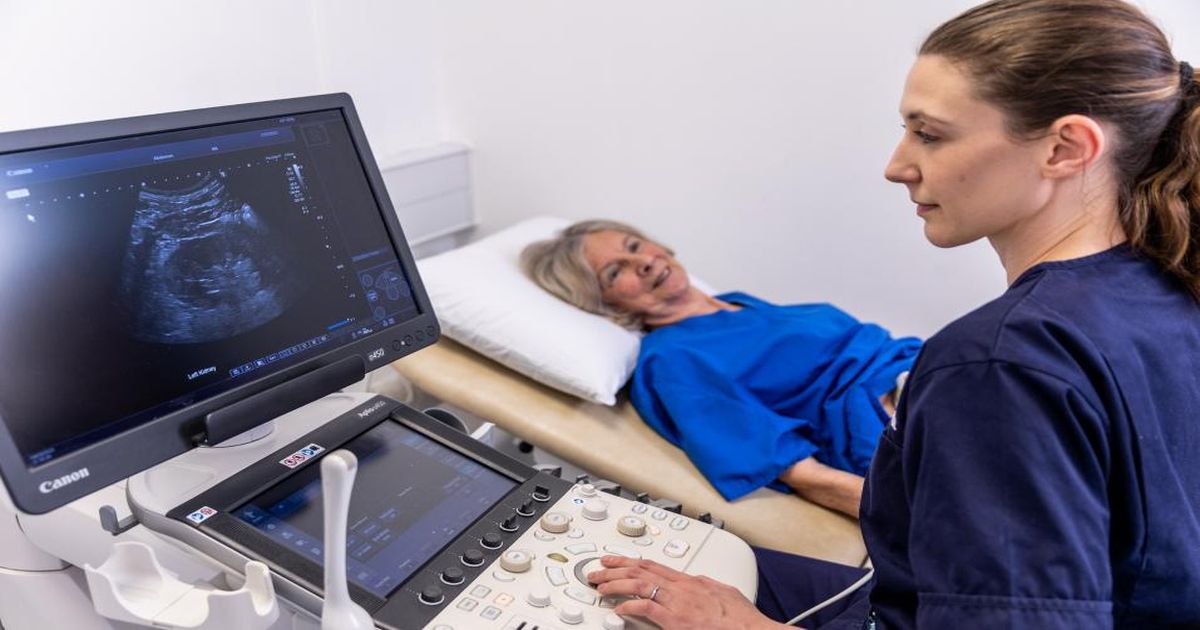This case study presents a rare prenatal diagnosis of fetal esophageal atresia (EA) with tracheoesophageal fistula (TEF) and interrupted inferior vena cava (IVC). Prenatal ultrasound revealed multiple anomalies, including an interrupted IVC and polyhydramnios. The infant was delivered at 39 weeks and successfully underwent surgical repair post-birth. The baby showed positive progress during 21 months of follow-up. Prenatal ultrasound played a crucial role in guiding labor and postpartum care, highlighting its importance in managing neonatal outcomes for such complex conditions.
0










